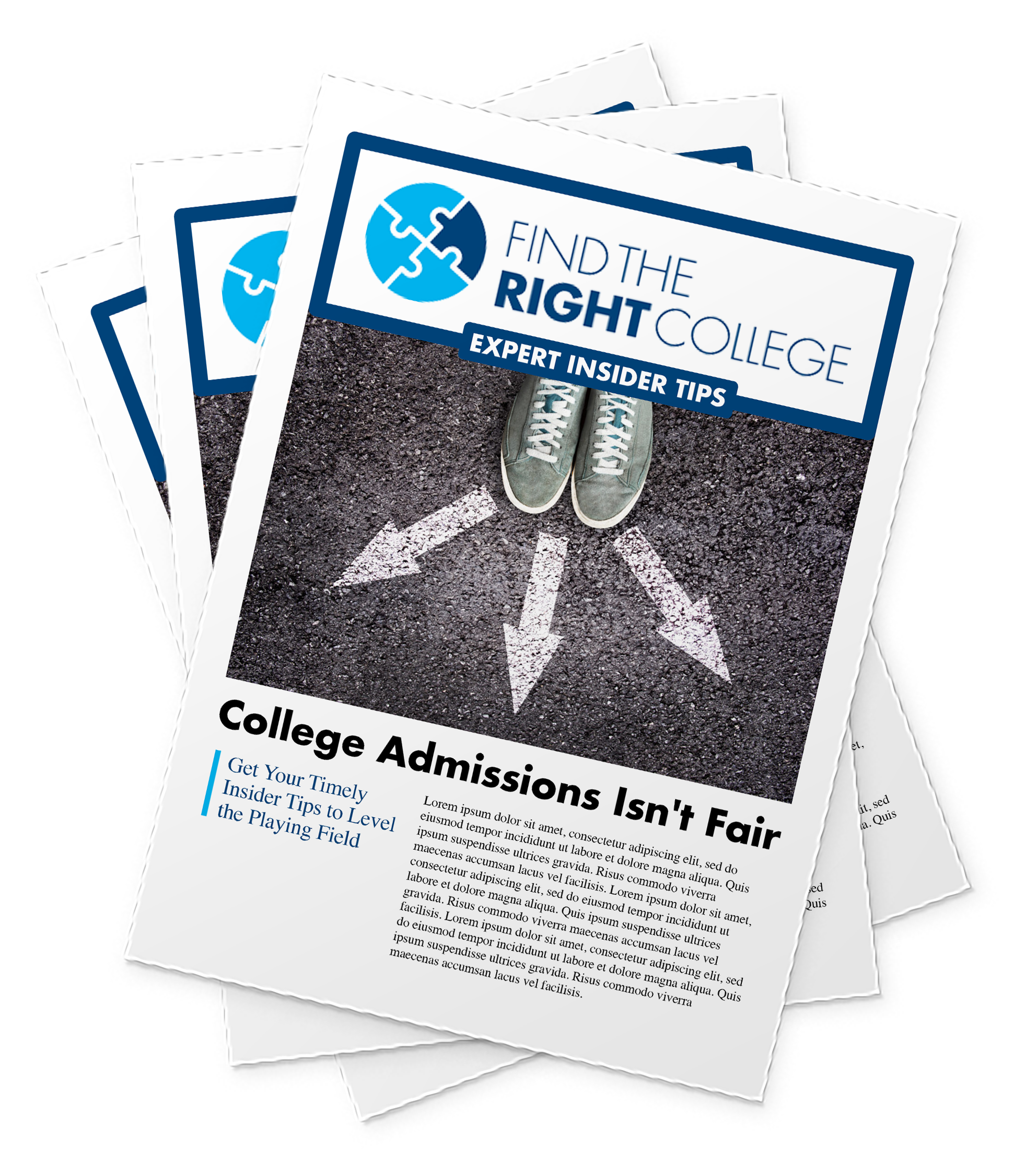In this blog post, we examine early application options. We compare Early Decision to Early Action and explain the pros and cons of these decision plans.
- What does Early Decision mean? Early Decision is an application plan offered by some colleges in which a student applies during the fall (usually a November 1st or November 15th deadline) and receives an admission decision by mid-December. This year has seen changes in governing ethics, so we could see changes. However, historically, a student could apply to only one college in a binding contract, and would be expected to uphold that commitment. We expect this to stay consistent through this admissions cycle. For you, an application Early Decision could offer advantages such as an increased chance of admission, and a guaranteed spot in college by the new year. However, those advantages come at the cost of finishing early applications and committing to one school early.
- How is Early Decision different from Early Action? Early Action is a much more flexible plan. Like Early Decision, a student applies during the fall (usually a November 1st or November 15th deadline) and receives a decision by mid-December. But Early Action does not hold any type of binding commitment. The student does not pledge to enroll at the college if admitted; therefore, Early Action does not carry the stress of Early Decision. Early Action offers students the advantage of getting news early, having longer to negotiate financial aid (if the FAFSA is submitted, too) and find scholarships, and get more information about colleges before making enrollment decisions. However, a student who is working to improve senior grades or test scores might want to apply later so that colleges get to review your academic work through December before making an admissions decision.
- What about Restrictive Early Action plans? There are a very small number of schools offering a sort of combination of Early Decision and Early Action called Restrictive Early Action. They allow you to apply to only one college under an Early deadline, without asking you for the commitment. The downside of this commitment is the same as Early Decision – thus, you’ve put all of your early eggs in one basket. Most REA plans do not offer the same advantages in admissions statistics in return, so many students don’t find them worth the risk. On the other hand, you might get into your dream school by the New Year and have much to celebrate in the holiday season!
As Early Decision, and Early Action deadlines approach, be sure to allow yourself plenty of time to submit your strongest application and finish your first semester well. I recommend planning to submit at least 48 hours before the deadline to avoid technical glitches, having your essay proofread for errors by at least two people, and double checking with all recommenders that their materials arrived on time. Make that extra push to get your applications in by early deadlines – it’s worth it on the other side!
Nicole has dedicated the entirety of her 20 year career to encouraging higher education opportunities. After graduating from Vanderbilt, she worked in her alma mater’s admissions office. The, she completed her PhD in Counseling so she could bring that expertise into college counseling. Nicole partnered with her former Vanderbilt colleague, Fitz Totten, to form Find The Right College and support their mission to make trustworthy advising more accessible.



